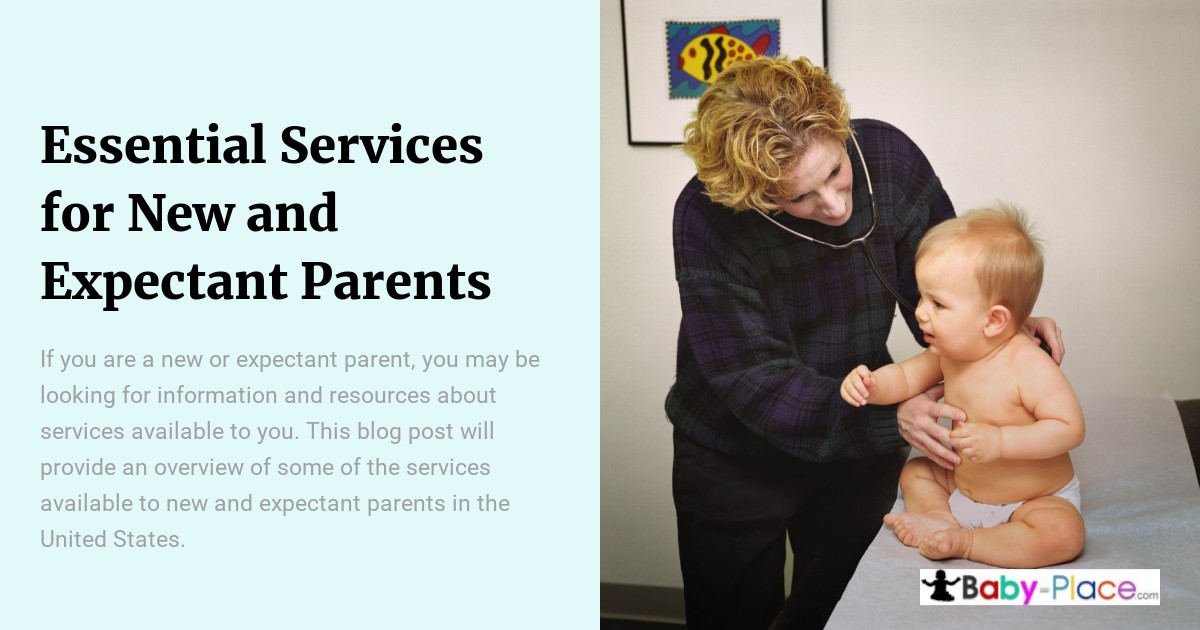How to get kids to listen to you in 10 easy steps
Communicating with children is important, but it is not always easy. Children can be easily distracted, and then do not listen to their parents. When this happens, developing strategies to improve the dialogue at home is necessary.
All children have a lot on their minds, from the history test to the soccer game or even the new video game everyone is talking about. Also, with brain changes at age six and again at age twelve, they can become overwhelmed by external stimuli and stop paying attention.
It’s not usually that they don’t want to obey or purposely ignore you. There are so many things in their head that seem more critical.
Even toddlers are very busy discovering a new world.
If you want to learn how to make children listen to you, the answer is simple: there are no easy ways. It’s hard work, but if you make use of certain strategies then you can be sure that it will be successful.
Step 1: Connect before you talk.
Don’t start talking until you know the child is paying attention to you. If you don’t connect, you won’t know how to get children to listen to you because connection is critical. For example, you can’t give orders by shouting from another floor or room and expect the child to follow them.
Body language is a powerful tool for opening a communication line. Approach the child, bend down to his level, touching him lightly to get his full attention. Watch what he is doing and try to establish a bond with him by commenting on it:
“Wow, that’s amazing!”
When we feel connected to another person, we are more open to their influence, so it’s easier for them to listen to us. It doesn’t mean you’re manipulating him. You are acknowledging what’s important to him.
Wait until he looks up. Look him in the eye. And start talking at that point.
If he doesn’t look up, try to get his attention by asking,
“Can I tell you something?”
When he looks up and makes eye contact with you, start talking.
Over time you will realize how effective the connection is since not only will it establish first contact with the child, but he will also begin to use it to communicate with you.
Getting children to listen to you is not only about giving orders; it is about reciprocity; they will listen to you as long as you listen to them.
Step 2: Don’t repeat information if they are not paying attention.
If you have established the first contact and are talking without getting any response, stop and go back to step 1.
Remember that children have difficulty focusing.
You must repeat the process of getting them focused as often as necessary until you notice that they are listening to you.
Getting children to listen to you is not an easy task. It requires a lot of patience and perseverance.

Step 3: Don’t use complicated words
As adults, we often use words that some children find difficult to understand. Instead, children should be spoken to with simple words they can understand without much effort.
Most of us dilute the message and lose our child’s attention by using unclear commands.
For example, it is not the same to say:
“Go to your room to do your chores,”
as to tell the child:
“Go to your room, pick up your clothes, brush your teeth, and put the toys in their place.”
This way, it will be easier for the child to understand what you are saying, and your relationship with your child will improve.
Step 4: Be empathetic.
Imagine enjoying a good movie with your family on a Sunday afternoon or your day off. Then, you get a call from the office, it’s your boss, and he needs you to stop what you are doing so you can go to your computer and send him some work.
How do you feel?
Would you feel comfortable with that?
This is how a kid feels when enjoying an activity that is then interrupted. The child’s priorities are not the same as their parents, which is why when giving an order, you have to understand that the child does not have to share the same level of urgency or priority.
It will help if you recognize their desire to keep doing what they are doing so that the child can feel that you are putting yourself in their place.
Not only will you connect better, but you’ll also make him feel important and that his time is worthwhile.
“I know it’s hard to stop playing, honey. But right now, I need you to…”
Step 5: Facilitate cooperation.
No one wants to listen to someone who is being bossy.
Giving orders can encourage resistance.
Think about how you feel when someone bosses you around. Instead, maintain a caring tone. When possible, offer choices. If you want to improve how you get children to listen to you, you must improve your communication skills.
Try to negotiate with them, giving options where it is easier for them to think they can cooperate with the situation and not that they are being ordered around.
For example, instead of saying,
“Go take a bath,”
you can change it to,
“It’s bath time, honey; do you want to go now or in five minutes? In five minutes, no whining?”
If you need something NOW, give an order, but keep the tone caring and empathetic:
“We agreed to go in five minutes, and it’s been five minutes. I know you want to stay and play and tomorrow you can continue. Now, we need to take a bath.”
Step 6: Stay calm.
Keeping calm, especially if you feel that the child is not paying attention to you, is not an easy task. However, it should be noted that when you get angry, children sense it and immediately feel insecure and go into fight or flight mode. In their effort to defend themselves or battle, they become less open to listening and lose sight of the message you want to give them.
Some specialists recommend taking deep breaths in intervals of 15 to 18 seconds. This way, you can keep yourself in complete serenity and, at the same time, transmit this calmness to the child. Besides, repeating the order between that time-lapse will also help to keep the child’s attention.
Even if they get distracted, they will come back to you.
If your priority is to get everyone into the car, don’t waste time and energy giving a long “why don’t they ever leave on time” lecture. That will only lead to everyone getting angry, including you. Instead, take a deep breath, help the child with whatever is needed, and when everyone is in the car, you can ask the kid to help you think of ways to leave the house on time.
Step 7: The magic of routines.
Most adult-child communication is based on nagging and yelling. So it’s no wonder you’re constantly asking yourself, Why won’t the kids listen to me? Or How do I get children to listen to me?
Simple answer: The more routines they have, the fewer commands you have to give.
What would be a routine?
Behavior such as bathing after playing, brushing teeth, going to the bathroom, getting the backpack ready, putting on shoes, etc.
If the child constantly repeats an activity, he will stick with it as a behavior over time. Show him what to do and how to do it on his own. He will acquire a new skill, and your role will be limited to asking,
“What else do you have to do before you leave the house?”
Also, don’t forget to reinforce positive behavior with positive comments.
Step 8: Listen to your child.
If you want children to listen to you, you must listen to them too. This means stopping your activity and giving them your full attention. For example, if you stare at your phone or TV while the child is talking to you, you are role-modeling family communication management so the child will do the same.
Also, if you listen to him and give him your undivided attention, he will eventually want to keep talking to you about his ideas.
Provide a safe space, free of criticism and labels. The last thing you want is for your child’s self-esteem to suffer. So change words like “You can’t do this” to “With some effort, you can do better next time.”
Step 9: Pay attention to their ability to understand.
Most of the time, when children don’t listen, they haven’t fully connected with you. But if the child seems unable to understand your instructions time after time, something might hinder their ability to do so.
Follow the tips above and provide the child with multi-step instructions. Then, if the lack of understanding persists, you can consult with your child’s pediatrician for a referral to a specialist who can help you look into the situation.
Step 10: Always use positive language
If you were working for someone who constantly tormented you with orders, would you feel you were cooperating? To figure out how to get children to listen to you, you must change the commands to positive, cooperative language.
You don’t want every interaction with children to be a command.
Avoid using the word “no” too much, or the child will eventually ignore it.
Instead of saying, “Don’t put your feet up on the table,” help your child construct what to do positively:
“Take your feet off the table and put them on the floor, please.”
Positive words will help your child feel happy and more confident while developing social skills.
Assertive communication is critical.
Learning how to get children to listen to you is not such a difficult task. It would be best if you always remembered that communication is essential, and for it to happen correctly, both parties must cooperate. If you want a child to listen to you, you must listen to them. If you want a child to express his ideas, you must first learn to tell yours in a language he can understand.
Assertive communication is the best way of communication that exists to be able to talk to children at all levels, and above all, it is the most effective way for children to listen to you. It is the most effective and undoubtedly the one that all parents in the world should use to address children. It is a firm, consistent, clear, positive, warm, and confident type of communication.
Assertively communicating with children is a fundamental skill that will show children that adults can be on their side, that they listen to them, and above all, that they respect them.
The best way to educate is always by example. Children learn by imitation and will always try to imitate the behaviors of the adults around them. If you do not listen to the child when he speaks, it will be tough for him to listen to you.
That is why children should be listened to carefully, let them tell their stories, show interest and ask them questions about what they have just described. This will improve communication, develop creativity, and encourage children to express their feelings.














